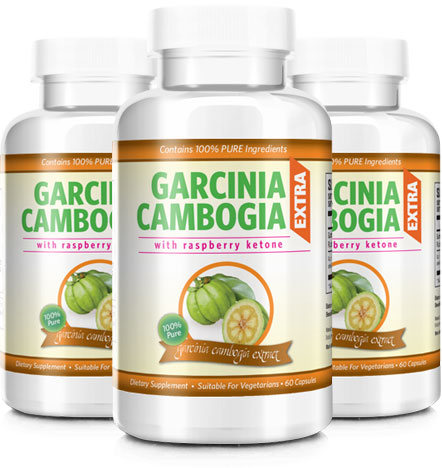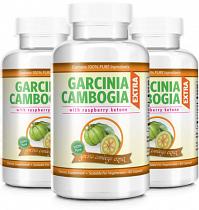Multi-vitamins: Separating the Good from the Bad
A June 2002 study suggests that nearly all adults in the U.S. have vitamin deficiencies of some sort and should supplement with a multivitamin to bolster dietary intake. Unfortunately, supplementing your diet with quality multivitamins isn’t as simple as it sounds. Doing your research before you make the investment is crucial to avoid the numerous subpar products on the market.
Despite claims to the contrary, the bulk of vitamins on the market are heavily processed and contain poor quality ingredients, binders, unnecessary additives, food coloring, and preservatives.
Arm yourself with this list of useful information when scoping the shelves for vitamins. Some ingredients to put on the avoid list.
Binders: Binders are added ingredients that act as “glue,” holding the vitamin together. In fact, these chemicals don’t even break apart in your GI tract and are excreted intact. Common binders include Croscarmellose, Cellulose, and Shellac.
Additives: Additives are used to fill space or enhance the appearance of the vitamin. Oftentimes, these are food ingredients that are also common allergens. They often include Sugar; Aspartame, a synthetic sweetening agent; Corn; Soy; and Lactose.
Food Coloring: Food coloring is only included to make the vitamin aesthetically pleasing. Common food coloring substances to look out for are FD&C Red No. 40 Aluminum Lake; FD&C Yellow No. 6 Lake; and FD&C Yellow No. 5 Lake.
Preservatives: Some of the more common preservatives found in supplements, particularly hydrogenated palm oil and sodium benzoate, can be trans fatty acids or even have toxic effects.5-6.
Source multivitamins that contain phytonutrients that reflect current healthy dietary recommendations. These include kale, beets, cabbage, broccoli, spinach, pomegranates, olives, tomatoes, turmeric, grape seed, green tea, Garcinia Cambogia extract, and red wine. New technology allows for many of these plant phytonutrients to be extracted and used in supplements, bridging the gap between diet and supplementation.
Comments
There are 0 comments on this post














